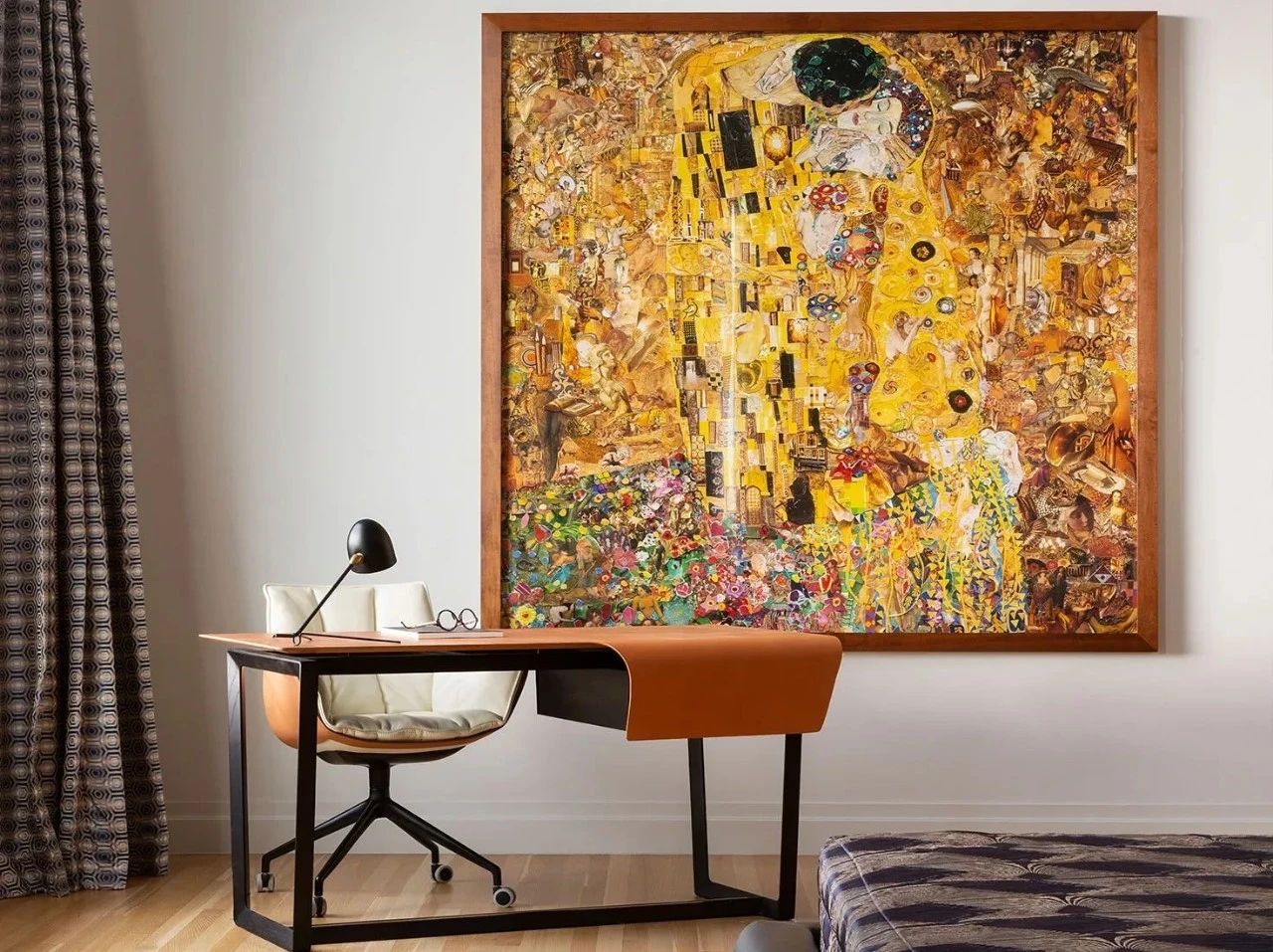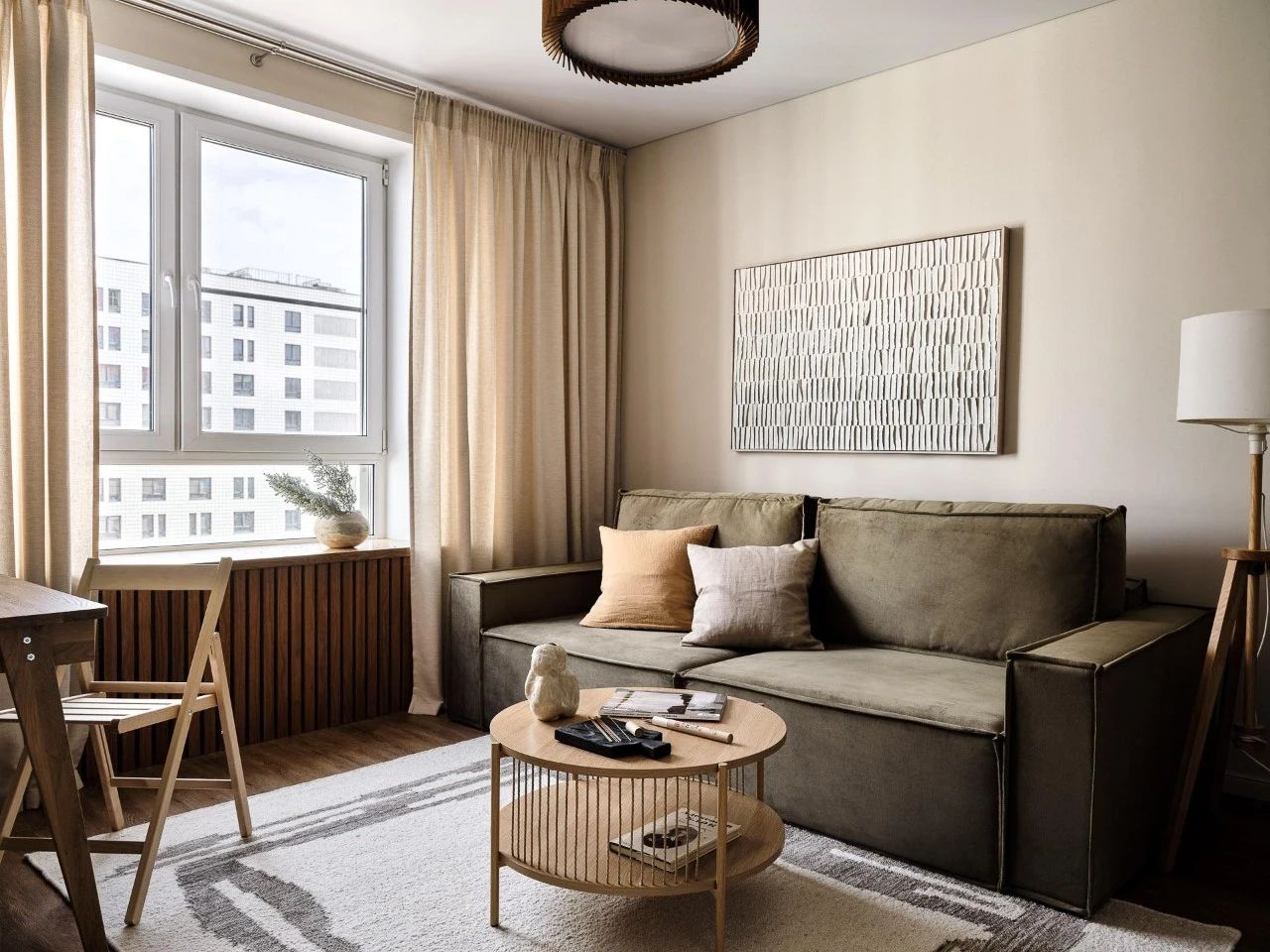Plug
2014-07-03 01:00
架构师提供的文本描述。在爱尔兰国内,这种延伸是普遍存在的,但在很大程度上没有得到承认。大约85%的爱尔兰房屋有一些描述的扩展,这些附属物通常是作为一个释放阀从一个疯狂的环境造成的家庭增长。扩展的爱尔兰住宅是一种建筑元素,可以认为与农业集群一起作为一个建筑星座,似乎是有机增长。这些建筑似乎违抗正式规划或公认的建筑等级。这里的项目大纲旨在解释这些空间关系,并解决一组不同的设计标准,同时仍然保留一个现有的传统元素作为项目的核心。
Text description provided by the architects. In the Irish domestic context the extension is ubiquitous yet largely unrecognised. Some 85% of all Irish Houses have an extension of some description and these appendages are usually constructed as a release valve from a frenetic environment caused by growing families. The extended Irish domestic dwelling is an architectural element that can be considered alongside the agricultural cluster as a building constellation that appears to grow organically. These buildings seem to defy formal planning or recognised architectural hierarchies. The project outline here aims to interpret these spatial relationships and address a divergent set of design criteria while still preserving an existing traditional element at the heart of the project.
Floor Plab
楼板


该项目位于爱尔兰东北部一个河口的河岸上,由现有传统小屋的两个延伸部分组成。在这个项目的核心,现有的别墅是一个房间深,三个房间长,有一个线性和狭窄的形式。该项目力求保存这一熟悉的建筑遗产和历史记忆,同时满足为家庭提供更多住房的构造要求。
Located on the banks of a river estuary in north east Ireland, this project consists of two extensions to an existing traditional cottage. The existing cottage at the heart of this project is one room deep and three rooms long and has a linear and narrow form. This project seeks to preserve this familiar from, to maintain the architectural heritage and historical memory of what has existed on the site while addressing the tectonic requir4ements of providing more accommodation for the family.
© Ros Kavanagh
(Ros Kavanagh)


最初的村舍可以追溯到20世纪初,和其他许多类似的建筑一样,这座小屋在20世纪70年代就被遗弃了。它在20世纪90年代得到恢复和重新占领,随后在2003/04年得到延长。原来的村舍定位时,很少考虑景观或被动太阳能的获取,这样的考虑似乎对原来的居住者并不重要,但对现在的居住者来说却是最重要的。从现场的观点是壮观的,与深远的看法,海和山。
The original cottage dates from the early 1900’s and as with so many other buildings of this type, the cottage fell into dereliction in the 1970’s. It was restored and re-occupied in the 1990’s and then subsequently extended in 2003/04. The original cottage is orientated with little regard for views or passive solar heat gain, such considerations were seemingly of little importance to the original habitants, but they are the utmost importance to its current occupants. The views from the site are spectacular, with far reaching views of both the sea and the mountains.


这个项目可以解释为吊舱/插入式建筑与传统爱尔兰农舍相交的地方。在其最简单的描述,设计的整体形式是一个发展的图解计划,其中包括关键的考虑因素:太阳路径,各种引人注目的观点,以及干预,对原始村舍的形式影响最小。当工程进行时,村舍的居住者选择继续居住,而延伸的这一纲领性要求则成为美学的一部分。简报要求有一个大客厅,充分利用阳光和清澈的景色,一个新的主卧室和一个公用/洗衣房。这座小屋现有的内部也将被巧妙地重新规划。
This project can be interpreted as where pod/plug-in architecture meets the traditional Irish cottage. In its most simplistic description the design’s overall form is a development of a diagrammatic plan that encompasses the key considerations: the sun path, the various striking views, and an intervention that has the least impact on the form of the original cottage. The occupants of the cottage chose to remain resident while the works were carried out and this programmatic requirement of the extension became part of the aesthetic. The brief asked for a large living room that should take full advantage of the sun and the sweeping views, a new master bedroom and a utility/laundry room. The existing interior of the cottage was also to be subtly re-planned.
© Ros Kavanagh
(Ros Kavanagh)




















































